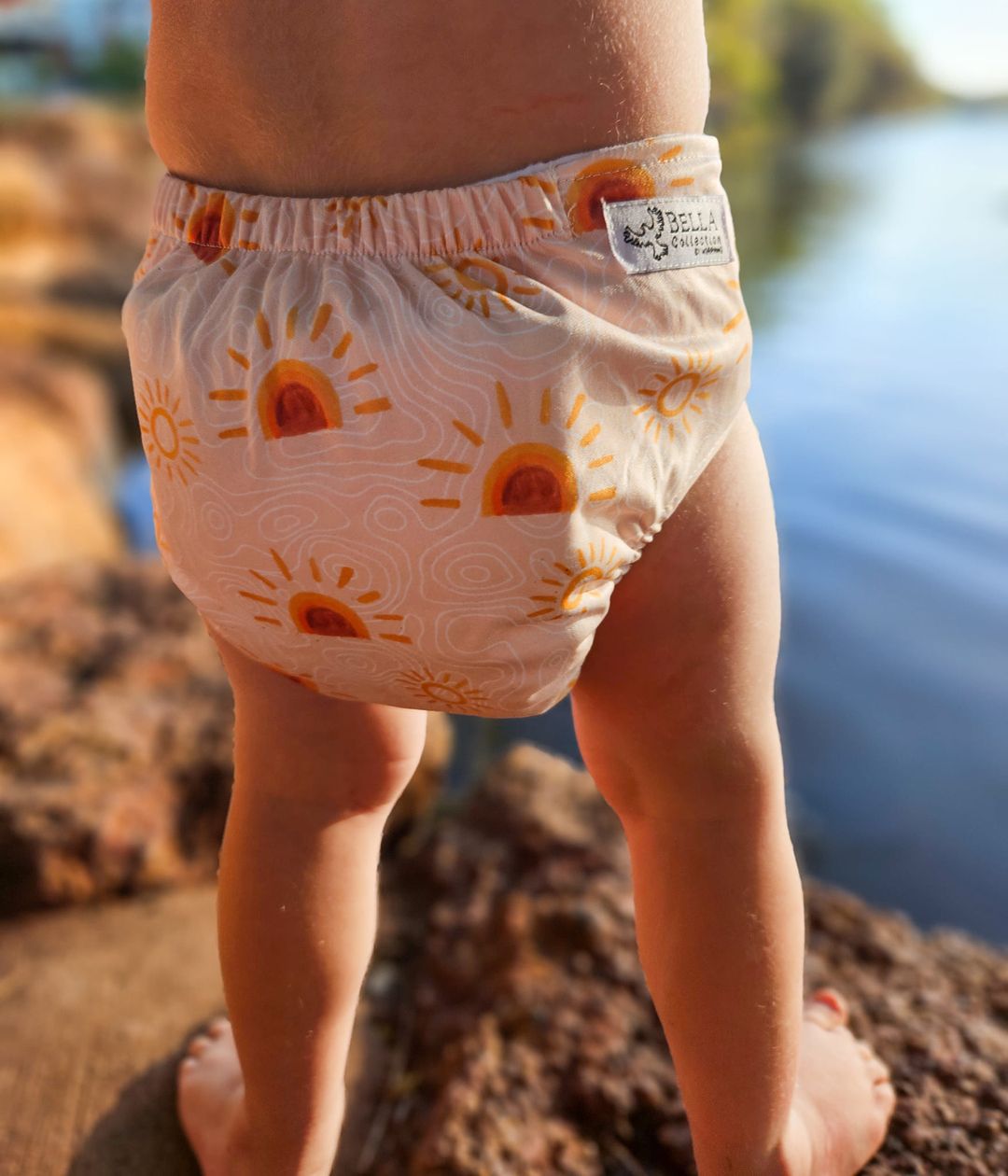How do you wash cloth nappies in Australia?
- Removes excess soiling/urine. Every 1-2 days (daily is preferential)
- Short cycle – 30-60 mins.
- Temperature - 40 - 60.
- Detergent: Use ½ the amount your detergent recommends for heavy soiling (refer to quantities on box/packet).
What to do with the poo from cloth nappies?
How do I remove poo from reusable nappies? The best way to remove poo from reusable nappies is to lift off the nappy liner and shake the poo into the toilet.
How often should I wash cloth nappies?
If you have a newborn, using reusable nappies full time, you will probably need to wash around every day and a half. As baby gets older you won't need to change nappies so frequently and so you'll probably only need to wash once every 3 days.
Do you rinse pee out of cloth diapers?
Pee-filled diapers generally don't require rinsing, although it is recommended to reduce staining. Otherwise, simply place them in the storage bin until you're ready to wash. Step #2: Prewash the diapers in cold water. On wash day, you'll want to start with a cold water rinse.
Do you need special detergent for cloth nappies?
Mainstream detergents and the surfactants they contain are safe to use with modern cloth nappies. You can buy them at your local supermarket or department store. Most mainstream detergents can be used at any water temperature. We recommend washing in warm-hot (40-60°C) water.
Simple answers our mums need to know!
ARE CLOTH NAPPIES REALLY BETTER FOR THE ENVIRONMENT?
Until recent university research examined this question, there has always been a reasonable question mark over the environmental impact of detergents and washing compared to disposable nappy production and waste disposal. The University of QLD lifecycle assessment study in 2009 by the School of Engineering, concluded cloth nappies has less impact.
“Overall, based on the four environmental indicators used in this study, home washed reusable nappies have the potential for the least environmental impact if washed in a water-efficient front loading washing machine in cold water and line dried. “
The Four environmental indicators examined were water resource depletion, energy consumption (renewable and non-renewable), solid waste and land area for resources (cotton for How many nappies will I need? How many nappies will I need?reusable nappies, softwood for disposable nappies). Accounting for as many variables as possible including usage rates and washing values. When following the best practice washing regime, cloth nappies were proven to have a less environmental impact.
Questions that Help you Know What You Want?
When you are looking on the internet or at baby expo’s for nappies, it can get very overwhelming unless you know what you are looking for. But how can you know that? This is new territory for you, right? Use this checklist before you research or shop. We recommend you refer back to this short questionnaire whenever you hit overwhelm during your nappy research and decision making.
To learn what you are looking for in a nappy, number these qualities in order of importance.
- Style
- Design
- Price
- Fabric
- Absorbency
- Certified Organic
- Eco-Friendly
- Quality Brand
- Longevity
- Drying Time
These questions are a great starting point because they get you thinking about your priorities. If you come across a product that does not fit your top 3 ideals, move on…remember, there are over 100 nappy sellers out there and you can’t visit them all because then you will really hit overwhelm! We have a variety of nappies on our website for you to try, and if you have any questions about suitability, please dont hesitate to contact us!
You may end up with one brand of nappy that you love no matter what the situation. Or you may have a few styles for different situations like I did. Again, this is usually a lifestyle decision. This method suits people who have a clear commitment to using cloth and they are ready to dive in once they have found a brand they love.
The ‘best nappy’ out there is different for every parent. Different styles suit different babies. You can look up cloth nappy reviews online but they vary widely so they are not always helpful.
My personal experience is that depending on the age of my baby, different nappies do seem to fit better. Babies grow fast. Babies bodies change. Your lifestyle and daily routine also changes. Some babies have cherub legs and some babies have thin legs. Quality brands cater for these kind of body changes.
If your baby has not been born yet, there are quality brands that we sell here at Morphing that can adapt to any shape so again, ask us for advice.
How many nappies will I need?
This depends on whether you plan to use cloth full-time or part-time. It can also depend upon the brand you use. The age of your baby will also determine how many changes per day you need. We can certainly help you if you chat to us regarding this.
As a guideline, we will recommend between 25-35 Nappies if this is your full-time choice, depending on your washing routine, aged of baby and lifestyle.
The amazing thing about dealing with us here at Morphing, is that we are just as invested as you are in finding the most workable and economical system for long term nappy use. So trust the passion we have in our own products.
What do you need to buy if using Cloth Nappies?
The Cloth Nappy Shopping List:
Fitted Reusable Nappies (MCN’s)
15-30 if full time and depending on how often you want to wash
Night Nappies or Booster Pads
15-25 Cloth Baby Wipes
Manufacturer Recommended Detergent or pre-soak
1 or 2 large nappy buckets
1 x small container for used nappy liners
1 x Nappy Change Mat/table for home
1 x Portable Change Mat and Nappy Bag
What age do I start using cloth?
The newborn stage is a great time to start using cloth as it sets you up for eco-friendly parenting from the beginning and the best financial savings are to be had from day 1. Having said this, any age that inspires you to start is a good age.
Parents come to us at all ages, usually when they sick of stinking bins and rushing to the supermarket when they run out! Any age is a wonderful age to start using cloth and there are still thousands of dollars to save and a lot of joy to be had.
Some of the most successful cloth nappy converts are parents with babies at around age 3-12 months The second most common conversion age is toddlers which is when parents are thinking about toilet training. They change to cloth nappies for easier toilet training.
Parents having their second or third child are surprisingly the next group of converts. There is a myth that with more kids parents are looking for time so get disposables. In our experience, we find its more like…”omg, I don’t want to spend all that money on disposables again, I’m going cloth this time.”
How long will my nappies last?
Like most things in life, this depends entirely on the quality of the fabric and the brand you purchase. Those cheap $6 nappies may not be looking so great after a few months! The price of the $35-40 nappy suddenly makes sense when they keep their absorbency and don’t leak.
A second major factor is your laundry care. Follow the instructions and you will get a long life from your nappies.
Cloth Nappies seem expensive?
It is one of the largest false economies there is to compare a packet of disposable nappies that will be gone in a few days to a cloth nappy that will be used many times, even with the cost of detergents, water and electricity.
The style of nappy you choose will determine how much you need to spend. You can get a set of full time, organic cotton nappies for only $200 but you can spend up to $800 on fashionable fitted nappies. The extra cost of fitted nappies is worth the convenience to many cloth users. All these costs are thousands of dollars less than disposable nappies and their accessories.
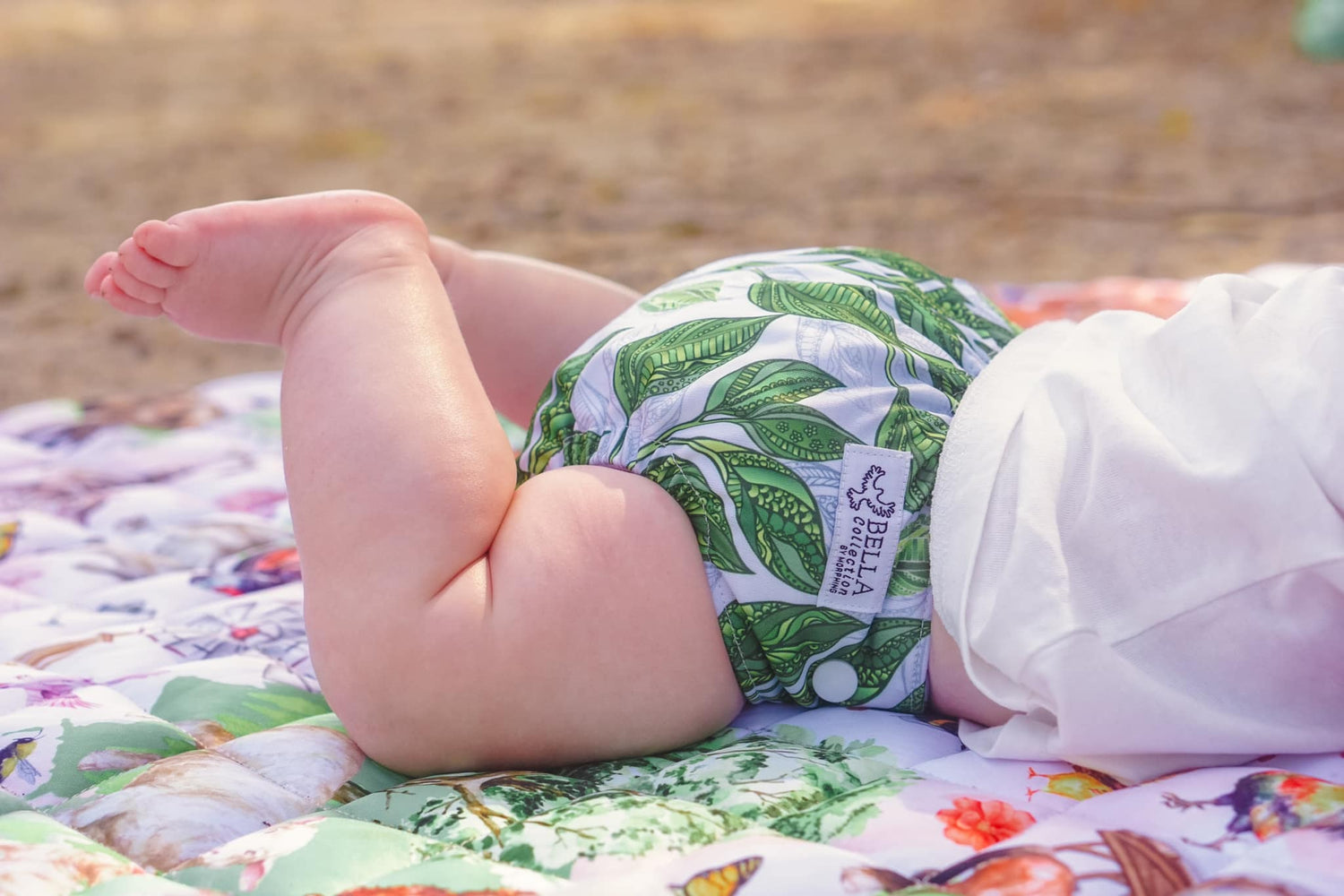
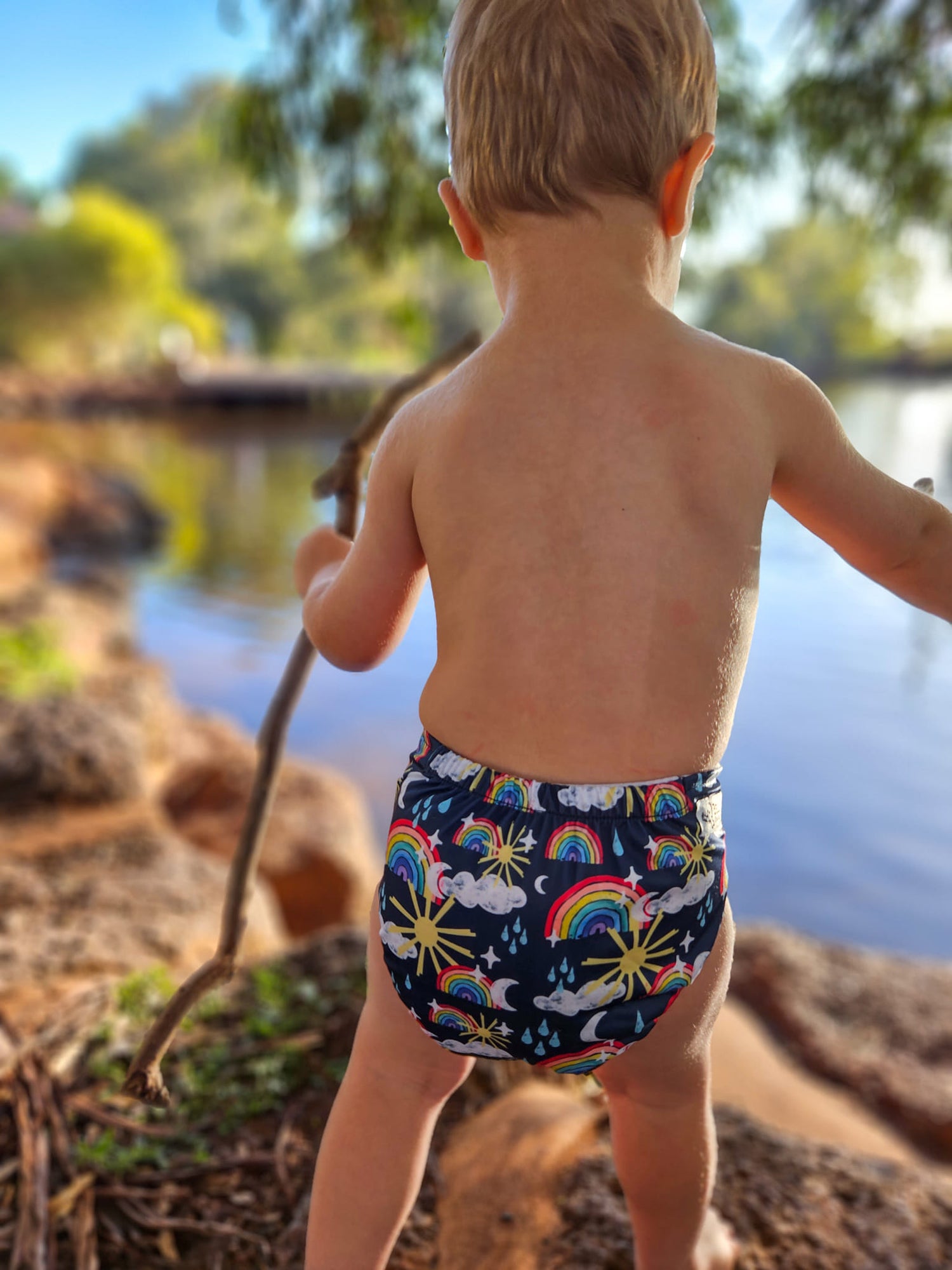
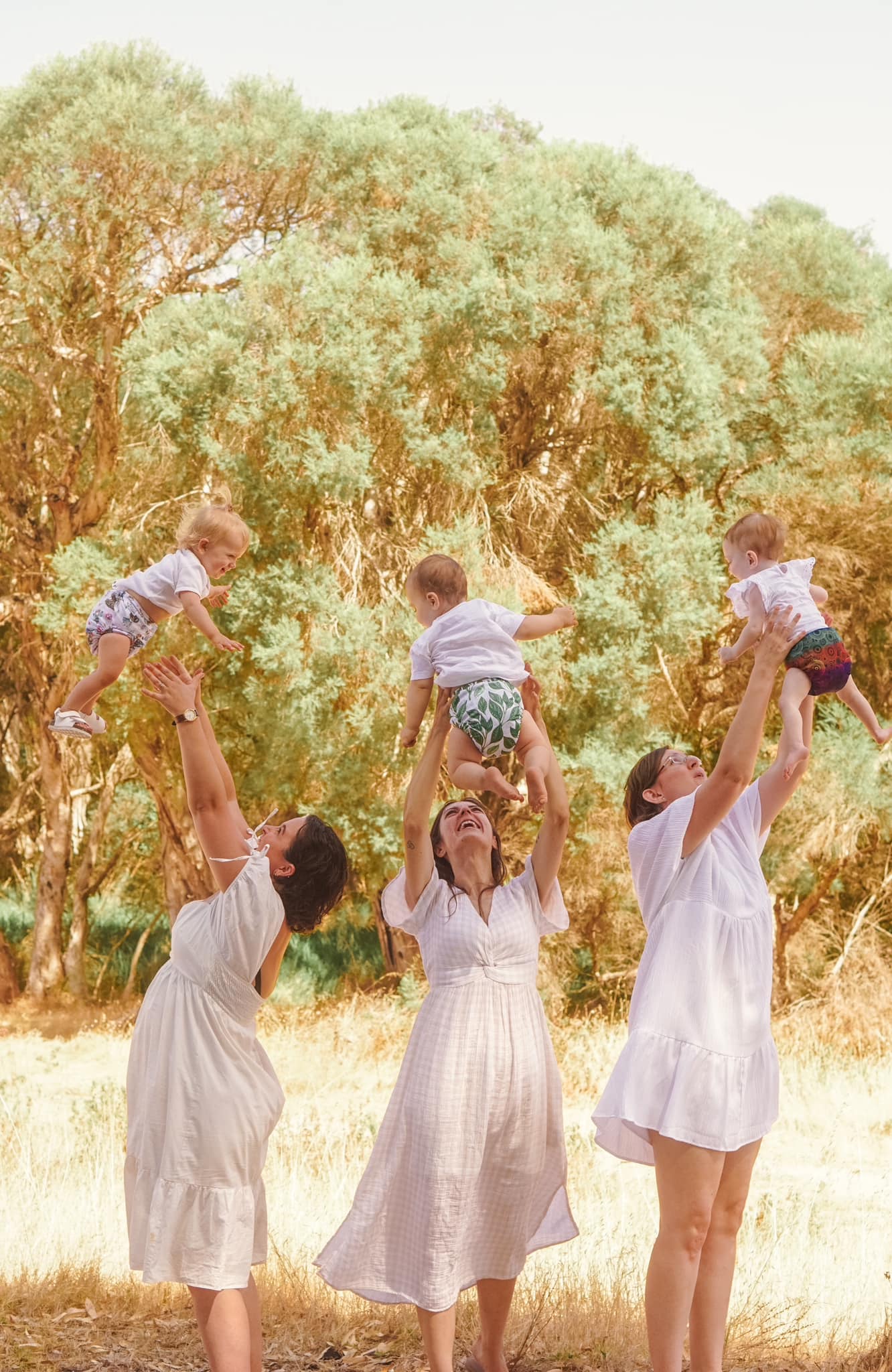
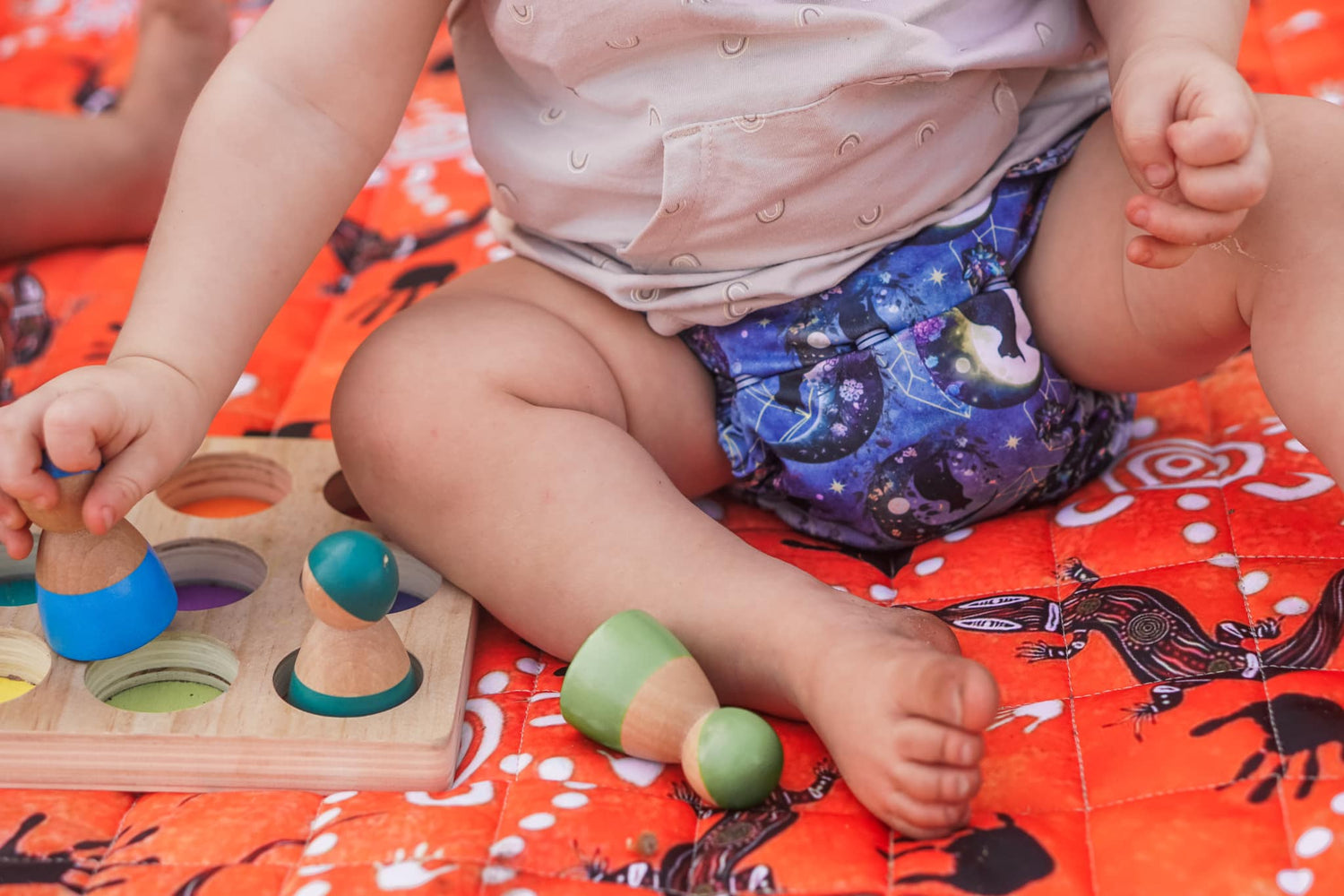
Quick Washing Tips
- Toss Poo in the Loo!
- Use a Nappy Liner to make the above easy.
- Pre Wash soiled nappies before main wash *short wash on 60 degrees*.
- Add Napisan to pre wash if necessary
- Have enough nappies so you only need to main wash every second day
- Line dry
- Full Sun will fade Nappy Patterns so turn nappies inside out on the line
- The Sun also is a natural bleach and will whiten nappies if minor stains are still evident after washing.
Washing: It needs to be simple and organised
Nappies need to be washed every second day using a dry or wet system. It is good to give yourself a day off washing with a well-organised system and enough nappies on hand. ( You can wash every day if you prefer, this way you need less nappies) Again, then Australian Nappy Association has some great fact sheets on this.
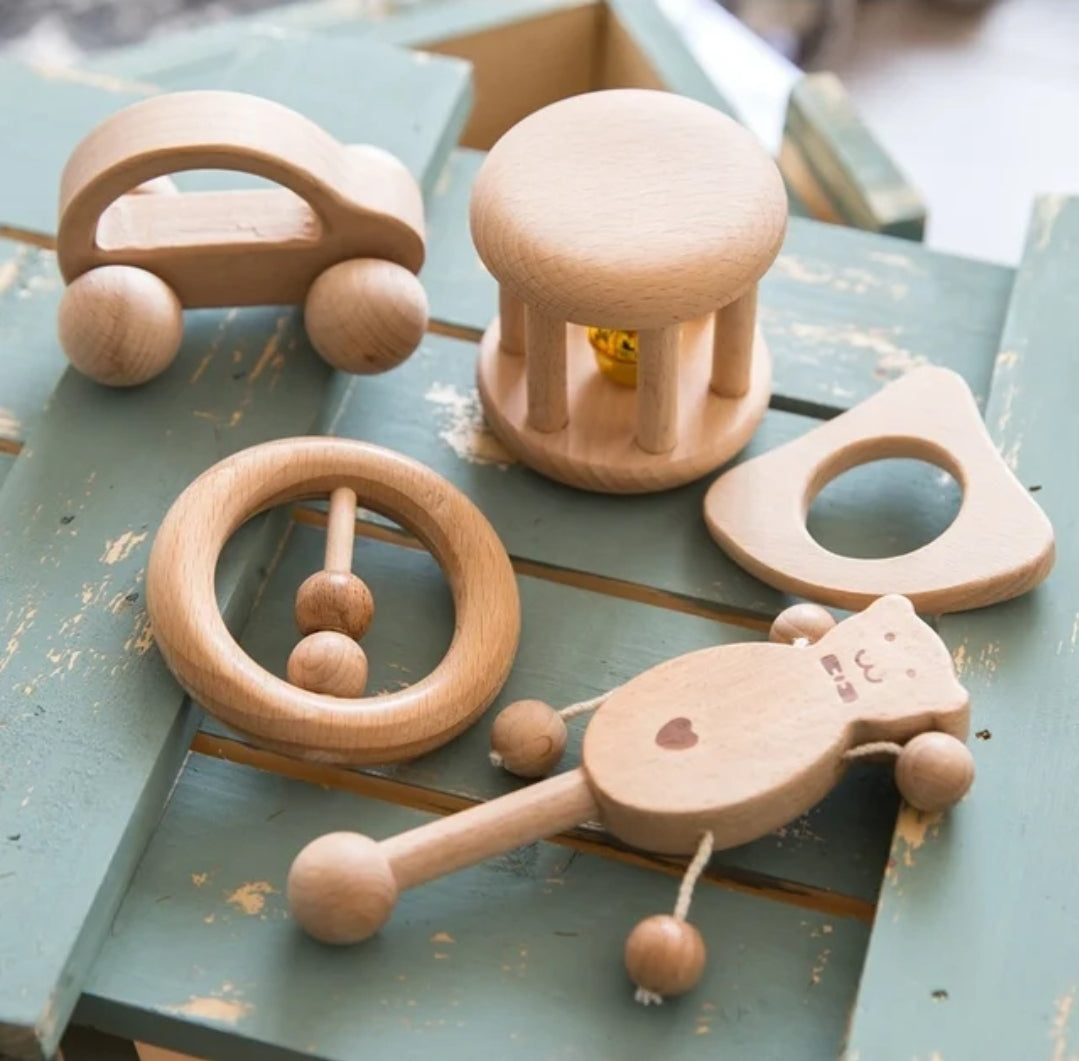
Wooden Toy Product Care
We are dedicated to providing natural and wooden toys for imaginative play. You will find all our toys educational, as play is the best education a child can ever have!
Our toys are eco friendly, ethically made, non-toxic and chosen with great care.
We hope you will find your shopping experience a pleasurable one and that the toys you find here will bring out the gifts of wonder and joy in the little ones in your life!
WE SELECT OUR TOYS BASED ON THREE CORE VALUES:
Real Play
Forms, textures, colours that nourish the senses and stimulate children's thinking and imagination. We believe toys made with care have a special quality and bring wonder into play. Our toys are open-ended allowing children to imagine for themselves.
Eco Friendly, sustainable, natural materials
We choose all our toys with environmental sustainability and children's health in mind. The majority of our toys are made from timber sourced from sustainable forests. Our toys have non-toxic and natural finishes.
Ethical
We don't promote "fair-trade" labels, as all of our toys are made "fairly" and again we select companies that provide information on their production practices.
Ensure you dont soak wooden toys in water. Watch for small parts around small children.
Can't find what you're looking for?
Send us an email to tell us what's up and our lovely team will get back to you as soon as possible. Be sure to include your order number (if you have one).
Please email us at: morphing.nas@outlook.com


